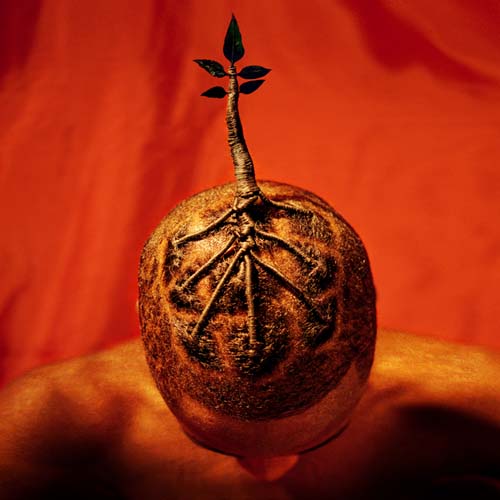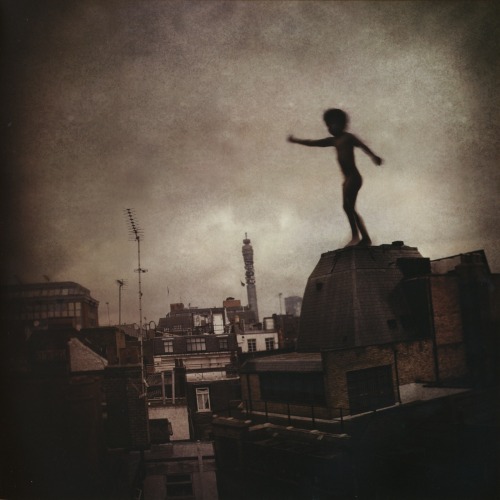The Dark Usurper by
Jon Sutherland and Gareth Hill faces off against a bottle of
McGuigan Bin No. 156 Chardonnay 2009.
Part I and YOU are Corwin and thrown into a dungeon and forced to drink cheap wine. The parallels are astounding. It's like the whole rancid healing potion and Alcoholic Root Beer from the Castle of Lost Souls (review here, being serialised my Mr. Morris here) thing all over again, I generally select the booze and the book independantly of each other, so the references to wine in the text are pure coincidence. Someone, somewhere, needs to do some statistical analysis on the frequency of booze in gamebooks...
But yes, I'm, Corwin Cailbraith, Duke of Skeln gone off on a crusade to retrieve some holy Chalice and returned home to find Orcs and Goblins have taken over, led by Barnak the titular "Dark Usurper". Barnak and his "men" have none of it and throw me in prison on a diet of slightly off wine and some stale cheese and onion crisp sandwiches.
Having had enough of their cheap booze and pitiful excuse for cuisine, I plan to make my escape. After jumping out of a window with barely enough bedsheet to get me to the next floor, dodging some Orcs playing cards, poker I think. I escape to search for my sword, horse, some allies, and a half-decent bottle of grog.
Heading for the armoury, a strange man offers me a sword. We crack open the Bin No. 156 to celebrate. The initial hit is quite "dryady" - rather tart with hints of oak. Meanwhile having secured my ancestral blade, it's time to get busy and rescue my trusty horse. Horse not only trust but also bashes in head of noisy dog with hooves. Nice one Mr. Ed.
We escape the castle and camp down for the night. Queue another few sips of wine to celebrate. The wine is quite refreshing, my pallet is more beery, so I'm probably missing something here, tastes like wine the tart-ness is a bit vinegary. It's the colour of really watered down lager (James May) and / or perhaps elderflower cordial (Oz Clarke*)
 |
What's in your Backpack?
Two six sided dice and a bottle
of cheap plonk and three
Corrach Gwyn
Magazines
"+" |
|
 |
For some reason while taking that photo
I was reminded of George Braques
or maybe it was the white wine
reminding me of GCSE
art lessons
"+" |
|
Part II. It's time to fulfil my destiny, My horse runs of or gets eaten by goblins or something, then running around the woods a bit I find a wizard who lones me two
Pumas, a shield with a skull on it (always a good sign) and some other equipment that I don't get to use, but makes Corwin look cool. The wizard takes a jewel from the sword for some mysterious motive, but he's on our side, so it's cool. Then it's off to the city...
Part III. This episode works really well, it's a kind of mass battle where each turn you decide on the strategy with each paragraph - mostly - forward and attack or retreat to te town. Taking a sip, I decide to throw caution to the wind and just kept ploughing forward, rolling dice to discover casualties (goblins die quicker than men, so even if there are a lot of them, I think the odds are on my side). So charging into the enemy lines and wiping them out as they deserted seemed to work. There was a nice ebb and flow, rhythmical quality to the battle sequence.
However, on approach to the castle, stealth and a stiff drink were called for. Taking one final glug of Bin No. 156 I decided it would have been much wiser have added it to some white fish, cream and parsley than drink it from a glass. Once through the main gate, the drink kicks in and I get all over-bold, announcing my return and the overthrow of the wicked Barnak, which surprisingly works - the people are rallied, and it's only a short hop skip and jump into the Castle, beat Barnack (magic powered jewel-sword reunited), then tell all his troops they're leaderless, which sends them running into the hills. Unfortunately it's not a completely happy ending, as an old family friend bought the dust in the conflict, but with his Dukedom restored, Corwin sits down with a fresh bottle to plan his next move...
Overall,
The Dark Usurper is pretty neat. I'm not convinced about FF where YOU play a specific persona, rather than a random adventurer, I do find it a little dis-engaging. The supporting characters and the world are suitably barmy, with the vaguely celtic names, back-story reference to King John and Robin Hood myth (the dispossesed landowner returing to find his estate taken over, etc.) mixed up with a pair of pumas and some glowing crystal-enhanced sword - seems like a classic mid-range FF, although it doesn't quite fit into the world of Titan. Notably they didn't reprint the game system, so you'll need a FF book to play it properly.
Of the wine, I can only utter this: fish sauce.
Booze: 0
Gamebook: 1
Bonus feature: White Dwarf 61 also includes a scenario for D&D and Fighting Fantasy RPG by
Ian "Dragonlords" Marsh entitled
Beyond the Shadow of a Dream. And even more of a bonus, it's set in a tavern! With maps! There's a couple of sticking points - getting the PCs to stay in the same tavern for 5 nights before the adventure kicks off either means rail-roading or preparing something else for them to do in the city (the adventure could work well in Blacksand - it's focus is on the thieves guild). Spoiler alert, it'd be a nice hook to get a
Twilight Mom into an FF game.
L@@K WOW! OOP RARE! I'm currently listing
3 issues (61,62,63) of White Dwarf that contain the Dark Usurper on eBay. along with some other magz and bitz and whatnot.
*Oz Clarke, that is, the wine expert who did the singing in
Brian Sibleys 1981 BBC adaptation of the Lord of the Rings as a lad. No, Really! I have it on vinyl, it's awesome.



















